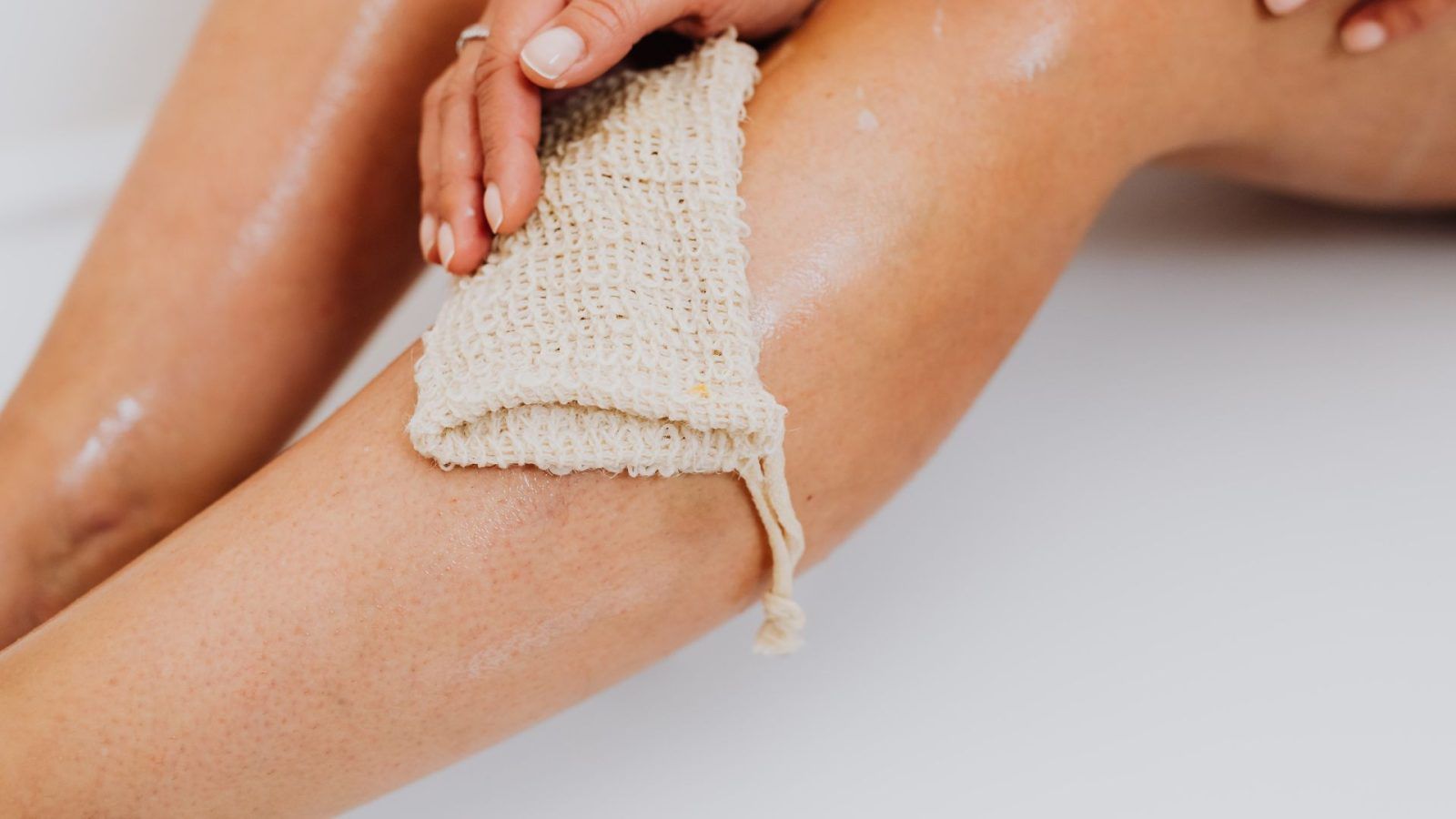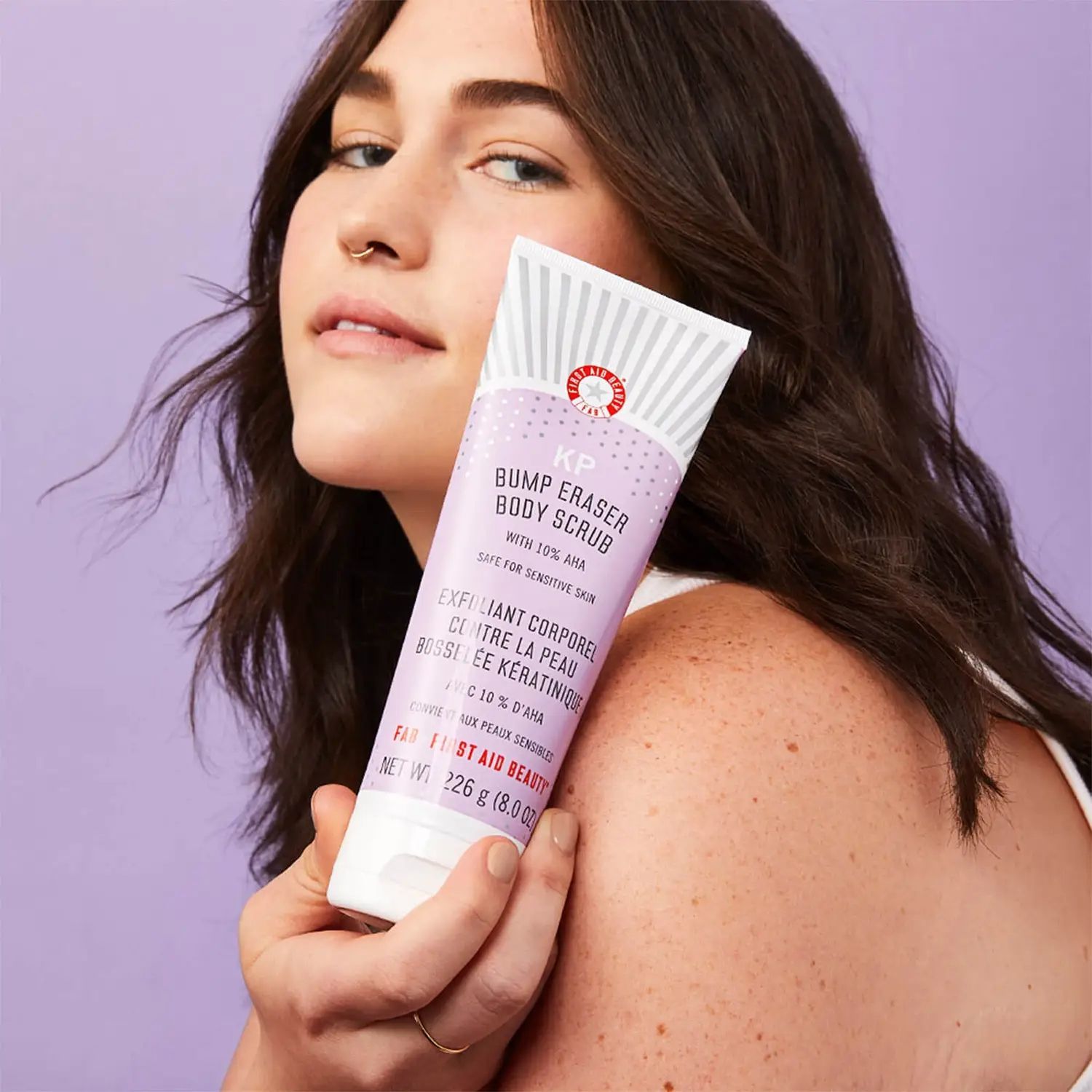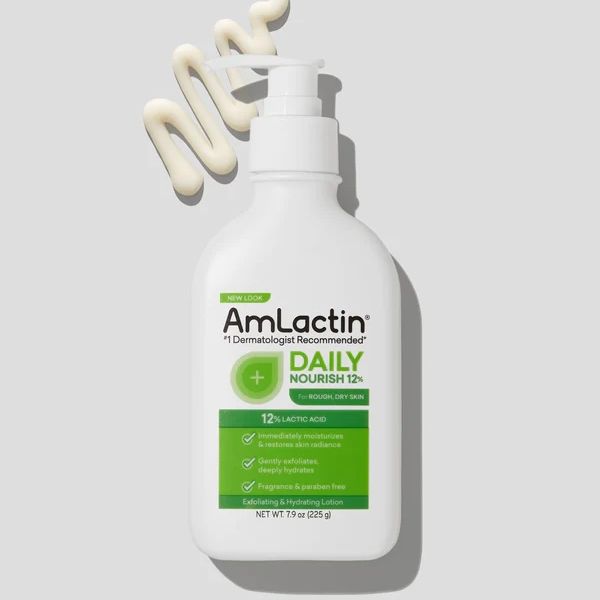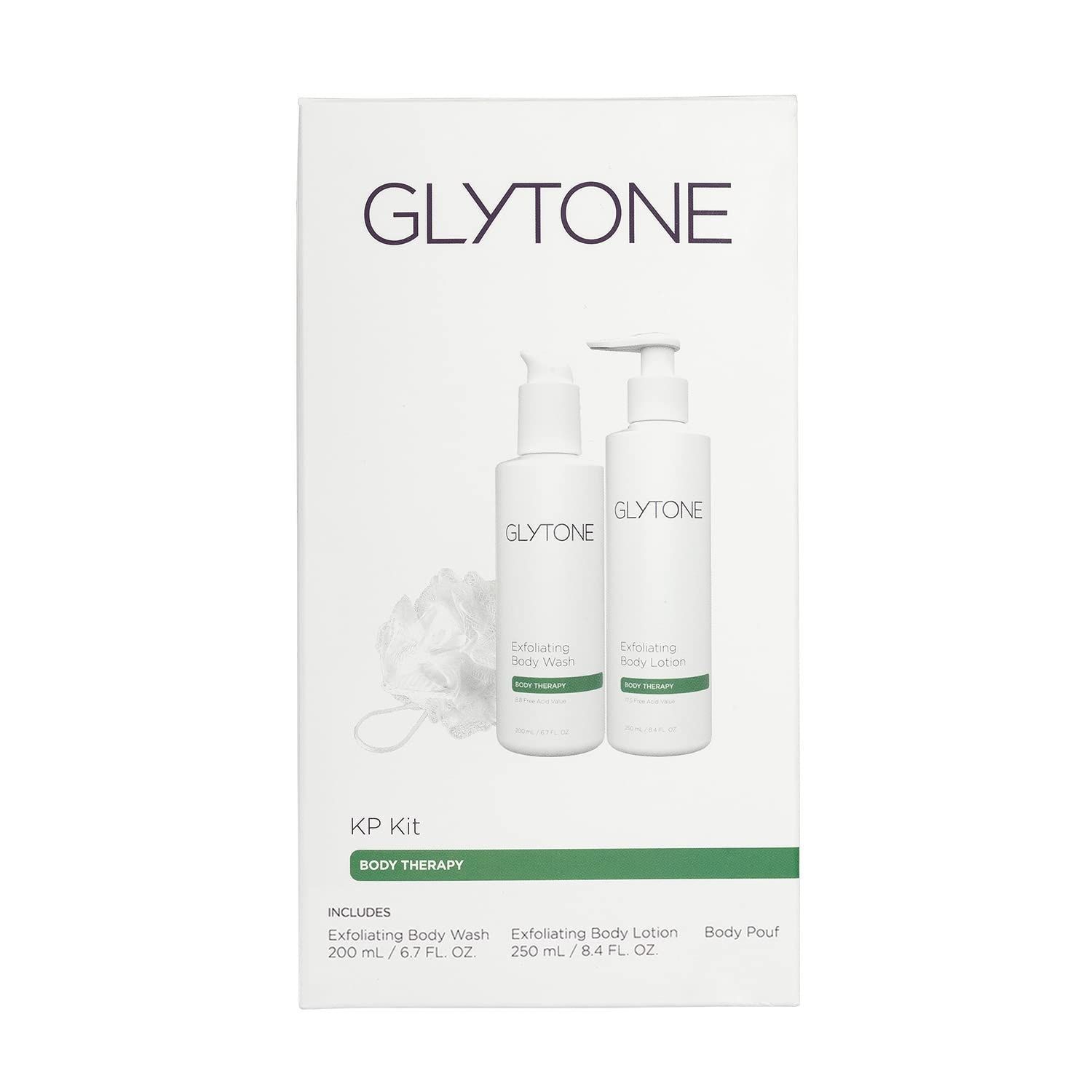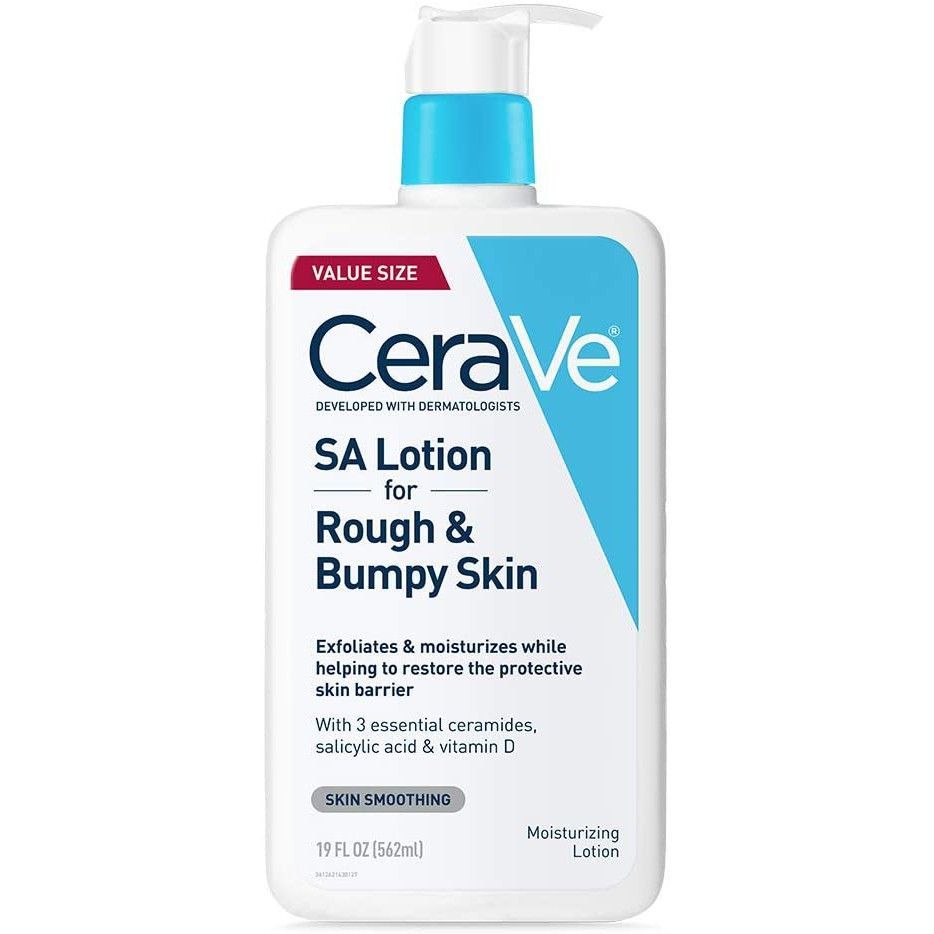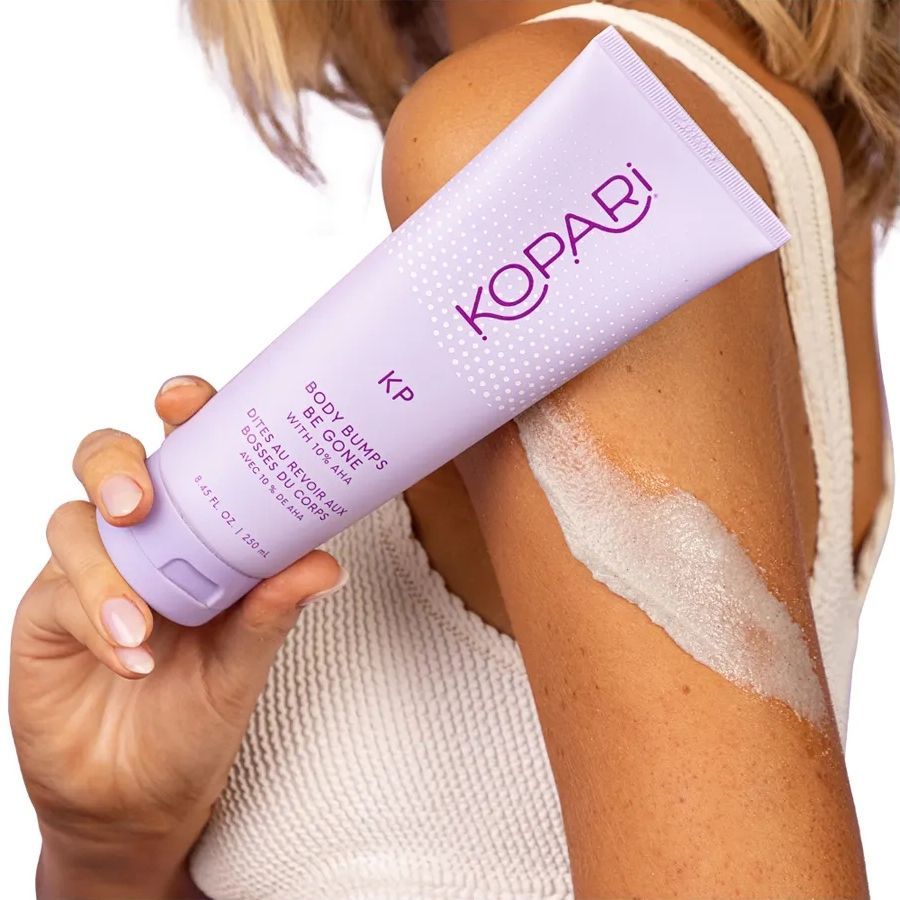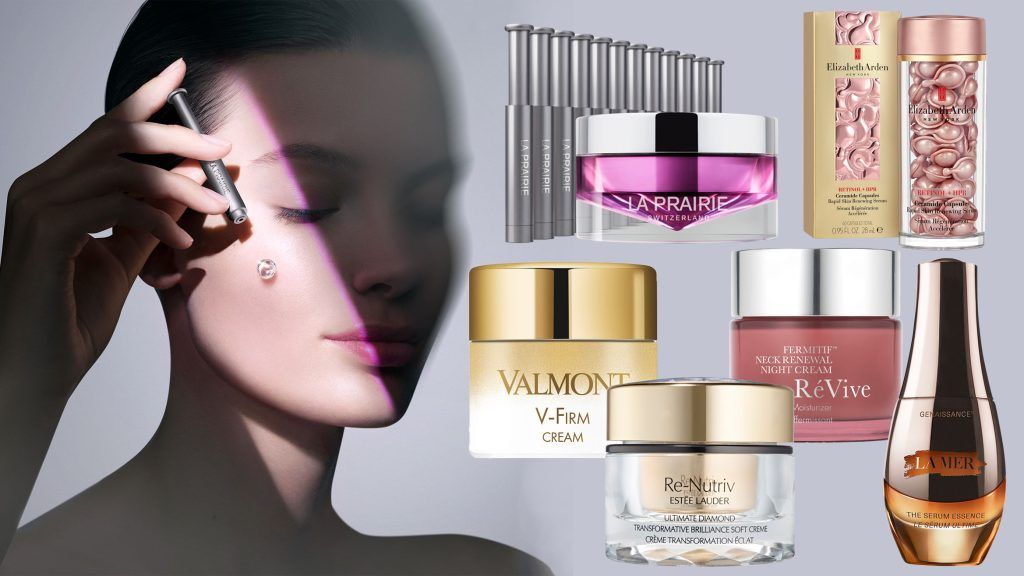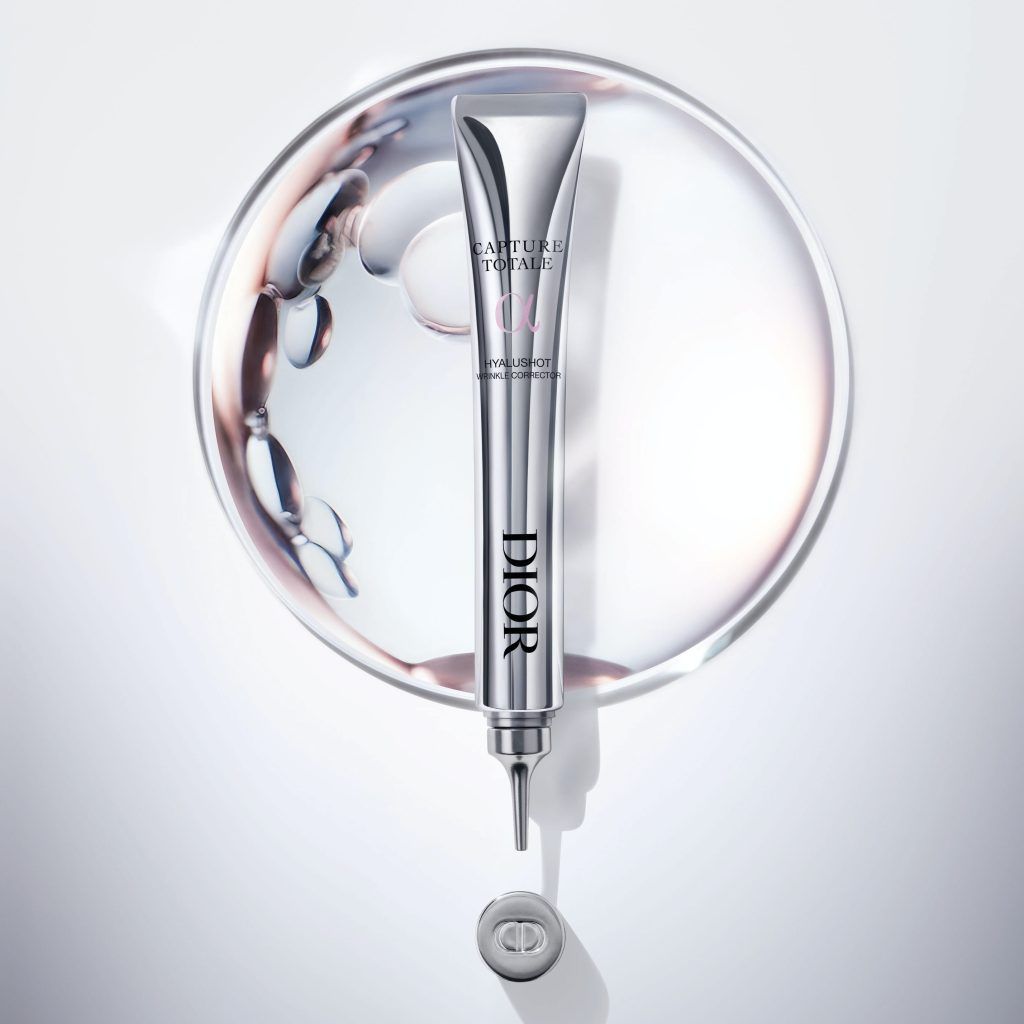The skin is the largest organ of our body, which is prone to several conditions that may lead to skin diseases. One such condition that’s also among the most common ones is called strawberry skin. While it may not be a major medical issue, it can affect people of all ages and genders, becoming a serious concern for individuals.
What is strawberry skin?
Strawberry skin is a condition that gets its name from its resemblance to the pitted appearance of seeds on strawberries. It is a collective term coined for different skin conditions, causing tiny black, brown or red bumps on the skin of legs, arms and upper thighs. This is a harmless and painless skin issue that occurs due to hair follicles or pores being clogged with dirt, oil, bacteria and dead skin cells.
What causes strawberry skin?
Although strawberry skin is an umbrella term used for the dotted appearance of the skin, multiple overlapping factors can be the cause behind it.
Folliculitis
Folliculitis is a skin infection, wherein a hair follicle gets infected or inflamed due to waxing, shaving, excess sweating or spending time in a hot tub. This leaves the hair follicle open and exposed to damage, looking like red bumps.
Improper shaving
Shaving with old razors or without using shaving cream causes razor burns that can lead to folliculitis, causing strawberry legs. Additionally, shaving leads to ingrown hair, which can add to the appearance of strawberry skin.
Clogged pores
Our skin has thousands of pores that can get clogged with bacteria, oil, dirt and impurities. Usually, hair removal techniques such as waxing or shaving end up leaving these pores open and exposing their trapped oil to air, which oxidises and turns the open comedones dark, creating that dotted appearance.
Keratosis Pilaris
Keratosis Pilaris is a common skin condition marked by the appearance of red bumps, giving them the resemblance of strawberry skin. It is caused by dead skin cells and protein keratin clogging the hair follicles and usually appears on the skin as a cluster that’s rough and dry to the touch.
Extremely dry skin
While dry skin isn’t solely responsible for developing strawberry skin, it promotes irritation, visible scarring and folliculitis on shaving. Moreover, the bumps tend to become more visible on dry skin.
How to avoid strawberry skin?
Generally, you can prevent or treat strawberry skin by making some changes in your personal care and hygiene routine. If the issue persists, consulting your dermatologist for medical treatments will be ideal.
Improve the shaving routine
As mentioned above, improper shaving is one of the major causes of strawberry legs and arms. Change the razor blades or razors (if you use disposable ones) frequently and always use a hydrating shaving cream to ensure your skin is moist and not dry when shaving. Always shave in the direction of the hair growth and avoid repetitive glides, especially in the opposite direction.
Consider other hair removal methods
Because shaving and even waxing can cause folliculitis, try switching to other hair removal techniques. Use an epilator, which is an electrical device featuring a set of powerful tweezers that work in a rotating motion to pull out hair from the root. While that sounds uncomfortable, it is usually bearable and well-tolerated and needs to be done every two to three weeks. Alternatively, you can also consider permanent hair removal treatments, such as electrolysis or laser hair removal, after discussing it with your dermatologist.
Moisturise intensely
Well-nourished and hydrated skin can keep multiple skin woes and concerns at bay. Since strawberry skin is mostly coupled with dry and irritated skin, it is essential to maintain its moisture levels by moisturising it regularly, especially post-shower, shaving and exfoliation.
Include exfoliation in your routine
Exfoliation helps in sloughing off the dead skin cells, removing dirt and impurities and unclogging pores to keep them fresh and clean. Hence, exfoliating your skin twice every week is a must. The most common ways of doing so include using an over-the-counter body scrub, a chemical exfoliant (with salicylic acid or glycolic acid), a loofah or exfoliating glove.
Avoid hot showers
Hot showers can be drying and over-stripping for the skin. Hence, it must be avoided. Always use lukewarm water for your bath instead of hot.
Check out the best products for treating your strawberry skin
Jump To / Table of Contents
Formulated with 10% AHAs (a combination of glycolic acid and lactic acid), the KP Bump Eraser Body Scrub by First Aid Beauty improves the appearance of strawberry skin. The scrub leaves your skin looking and feeling smooth and healthy by resurfacing its top layer. It also improves the skin’s texture and rids it of rough and scaly areas.
It is vegan, cruelty-free, soy-free, gluten-free and tested for safe use.
Image: Courtesy Look Fantastic
Suitable for rough, bumpy, scaly and flaky dry skin, the AmLactin Daily Nourish Lotion comprises of 12 percent lactic acid as its key ingredient. This AHA helps in gently exfoliating the skin to promote an even-textured, soft and smooth skin.
The lotion also ensures intense hydration that lasts long without feeling heavy or greasy on the skin. It is free from fragrances and harmful components such as parabens and phthalates.
Image: Courtesy AmLactin
Designed as an at-home strawberry skin treatment is the Keratosis Pilaris Kit by Glytone, which focuses on harnessing the benefits of glycolic acid.
Glycolic acid is a chemical exfoliant that sloughs off the dead skin cells, increases hydration and improves the overall texture of the skin. Hence, this kit containing an exfoliating body wash and an exfoliating body lotion works wonders on bumpy skin. It smooths out the bumps and rough patches associated with Keratosis Pilaris and leaves your skin feeling soft and looking even-toned.
Image: Courtesy Shopee
Developed by dermatologists, the CeraVe SA Lotion is formulated specifically for rough and bumpy, strawberry skin. It contains salicylic acid and lactic acid that exfoliates and smoothens the uneven, bumpy texture of the skin for a soft and supple look. It also contains hyaluronic acid that ensures hydration and three essential ceramides that help in maintaining the skin’s protective barrier.
Additionally, its MVE technology ensures continuous release of moisturising ingredients to deliver all-day hydration. It is non-comedogenic and free from artificial dyes and fragrances.
Image: Courtesy Shopee
The Kopari KP Body Bumps Be Gone is a gentle yet effective body scrub that’s specifically designed to reduce the appearance of strawberry or chicken skin associated with Keratosis Pilaris. With its 10 percent AHA content, this physical exfoliator unclogs pores, sloughs of dead skin cells and enhances its vibrancy and smoothness.
Additionally, jojoba seed oil helps deliver deep moisturisation to the skin to work on dry patches, dullness and scaly skin.
Image: Courtesy Sephora
Internationally acclaimed UreaRepair Plus 10% Urea Lotion is a game changer for people that have Keratosis Pilaris-prone skin. Ideal for extremely dry skin, this lotion is curated with an enriching combination of urea and ceramide NP. Together, they prevent moisture loss from the skin and support its natural barrier, promoting a softer and smoother look. It provides intense hydration that lasts for up to 48 hours.
Image: Courtesy Look Fantastic
Another skincare product that works wonders on strawberry skin is Paula’s Choice Weightless Body Treatment. Ideal for all skin types and particularly Keratosis Pilaris-prone skin, this lotion aims at softening rough, bumpy skin with its potent blend of salicylic acid, vitamin E and antioxidants, such as chamomile and green tea.
Not only does the formula exfoliate the skin to make it noticeably softer and smoother but it also helps in managing clogged and enlarged pores, dryness and uneven skin tone. It also delivers hydration to the skin without feeling heavy or thick.
Image: Courtesy Amazon
Frequently Asked Questions (FAQs)
– Is strawberry skin harmful or a medical concern?
Strawberry skin is usually a common skin condition that is not harmful and can be managed at home by bringing in a few changes in your skincare and shaving routine. However, you should consult a dermatologist if you experience pain and itching or are concerned about the appearance of the skin.
– Are there any specific areas where strawberry skin is more common?
The body areas most affected by strawberry skin include the legs, thighs and upper arms.
– Is shaving the cause of strawberry legs?
Improper shaving is one of the most common causes of strawberry legs. Hence, changing your razors or razor blades frequently, always using nourishing shaving cream, gliding the razor in the direction of the hair growth and moisturising post-shave are absolutely essential.
– How can strawberry skin be treated?
Strawberry skin can be treated by bettering the shaving routine, regularly exfoliating the skin, ensuring moisturisation and switching to an epilator as a hair removal method.
– When should I seek medical advice for strawberry skin?
You should seek medical advice for your strawberry skin if you feel the condition is worsening and the bumps are coupled by itching, pain, scabbing, inflammation or irritation.
(Prices of the products mentioned in the story are subject to change.)
(Hero Image: Courtesy Karolina Grabowska/Pexels ; Featured Image: Courtesy Cottonbro Studio/Pexels)

